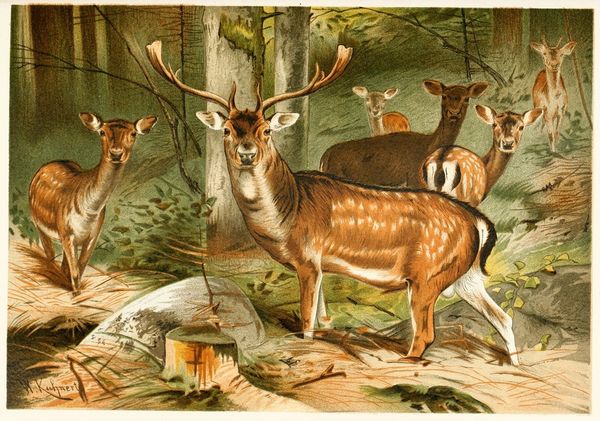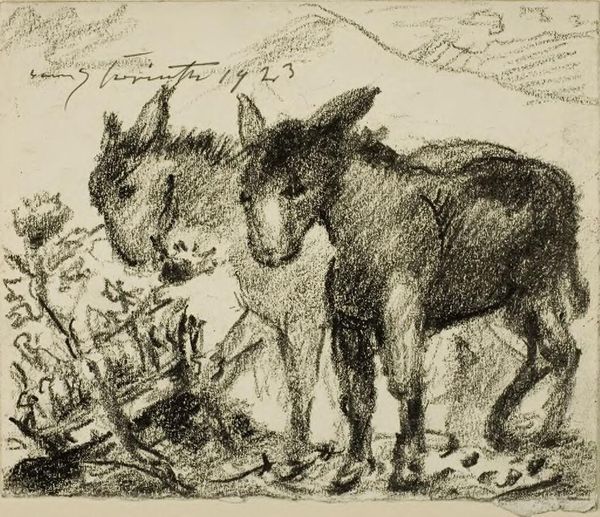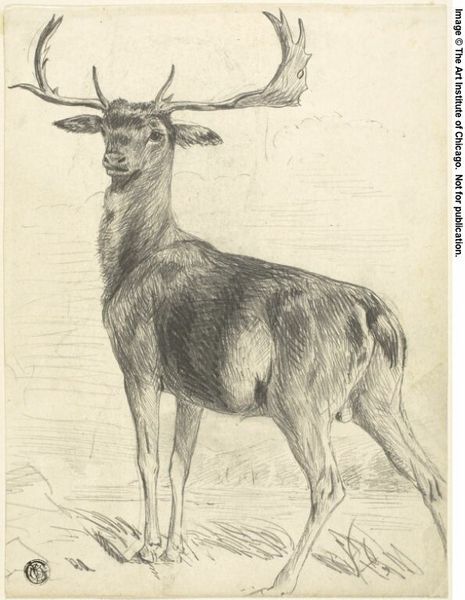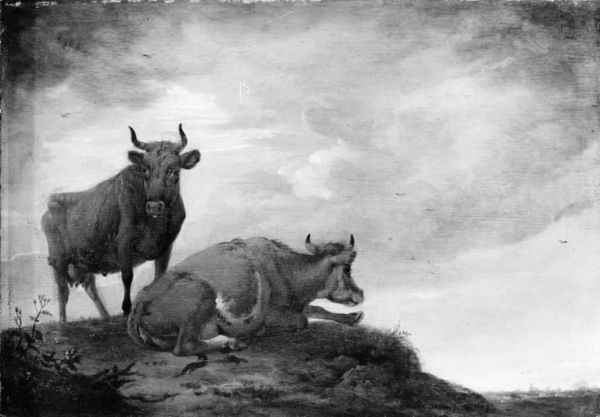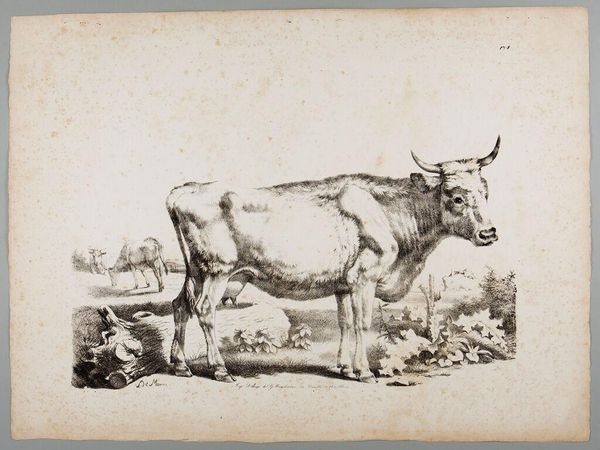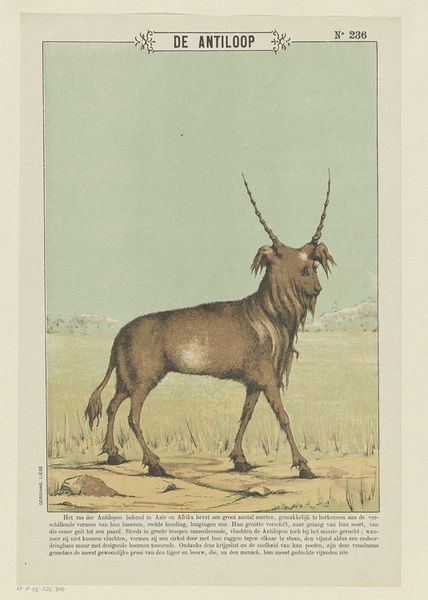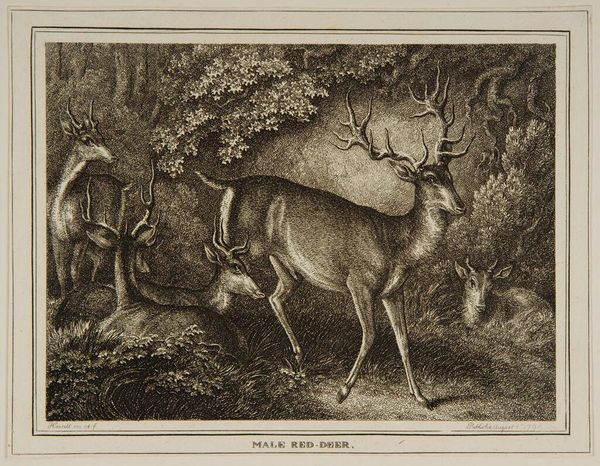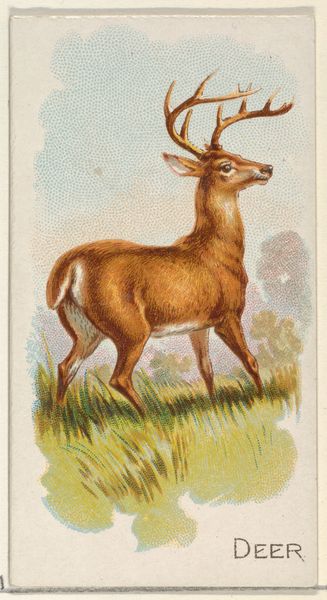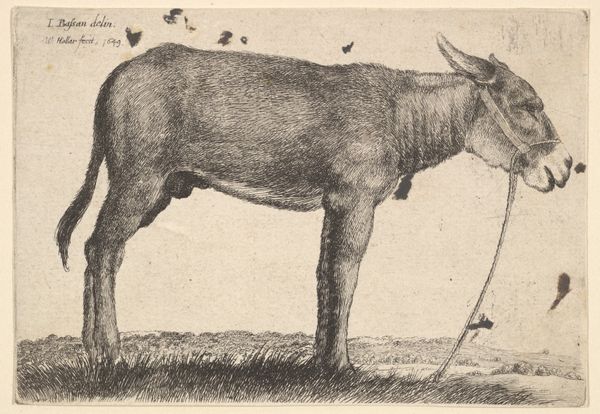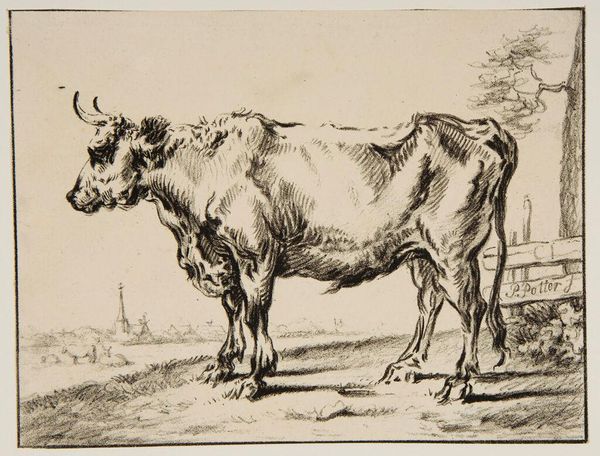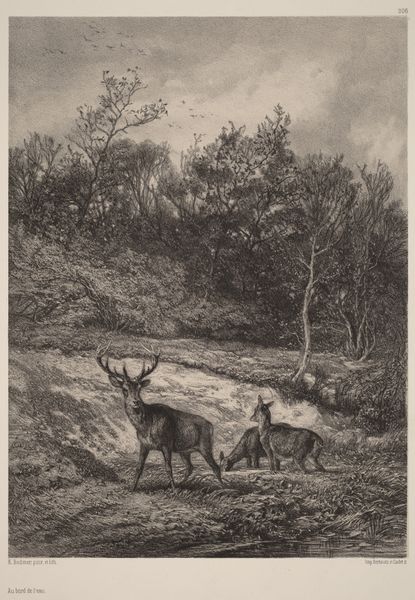
#
facial expression drawing
#
mechanical pen drawing
#
pen illustration
#
pen sketch
#
junji ito style
#
ink line art
#
linework heavy
#
pen-ink sketch
#
tattoo art
#
organism
#
intricate and detailed
Copyright: Public domain
Editor: This piece, titled "Alces alces" by Richard Friese, is a detailed pen and ink drawing. It's striking how the artist captured the textures of the moose's fur and the surrounding foliage with such delicate linework. What can you tell me about it? Curator: It's fascinating to consider how images of animals like these circulated during the time this was created. In what publications might we expect to see such a detailed image? Perhaps it served a public role, educating the populace about the natural world or promoting specific ideas about wilderness and the relationship between humans and the environment? Editor: That's an interesting point; it does feel educational in its detail. How would images like this be seen compared to hunting trophies or taxidermied animals at the time? Curator: Hunting trophies often signified power and conquest, while taxidermy offered a kind of pseudo-scientific observation. This image, however, appears to situate the moose within its habitat, fostering a sense of observation rather than domination. The proliferation of such images played a role in shaping public attitudes toward nature and conservation. Editor: I see. So, even a simple drawing like this could have a subtle but significant impact on how people thought about wildlife. Curator: Exactly. The widespread availability of such imagery influenced cultural narratives about wilderness, contributing to the development of national parks and conservation movements. The act of observing through art transformed the way people engaged with the natural world, often encouraging respect. Do you think that holds up today? Editor: Definitely! I think art still has the power to change how we understand the world around us. Looking at this drawing has made me consider the political role that art has on societal perceptions of nature. Curator: Indeed. These images weren't merely aesthetic representations; they were powerful tools that shaped perceptions and ultimately influenced environmental policies and conservation efforts.
Comments
No comments
Be the first to comment and join the conversation on the ultimate creative platform.


